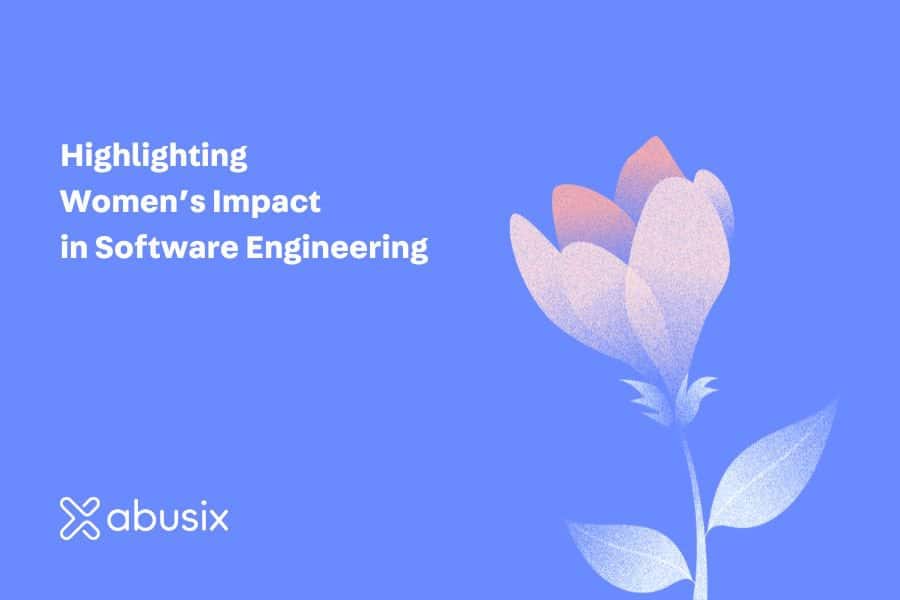Recent data indicates that globally, there were 361.6 billion emails sent and received each day in 2023. Research demonstrates that 99% of email users check their email daily, with some individuals checking as frequently as 20 times daily.
Considering that compliance failures continue to be the top risk and cost factor for Internet businesses, not enough attention is given to the regulations and penalties regarding one specific area that is widely and heavily used – Email Compliance.
Email compliance goes beyond monitoring your advertising email, email compliance requires adhering to specific procedures outlined in data privacy legislation and regulatory frameworks. These regulations may apply to specific industries such as HIPAA or PCI, or geographic regions, such as GDPR.

Here are just a few examples that you may have already heard of:
HIPAA
The Health Insurance Portability and Accountability Act or HIPAA is a data security and protection law, first introduced by the Department of Health and Human Services in the United States. It is the benchmark for businesses that deal with people’s medical and health information as it lays down guidelines to protect the patients’ data related to doctor visits, drug, and medication details, etc.
GDPR
The General Data Protection Regulation (GDPR), enacted in 2018, is a recent European law designed to govern data privacy and protection within the European Union and the European Economic Area. It mandates that all businesses handling the data of European citizens adhere to GDPR regarding the collection, storage, and sharing of personally identifiable information via email.
PCI DSS
The Payment Card Industry Data Security Standard (PCI DSS) has been embraced as a universal benchmark by financial institutions globally. This implies that any entity accepting credit or debit card payments, regardless of whether it’s in-person, over the phone, or online, must adhere to its requirements. Concerning email compliance, the transmission of cardholder data via email falls within the scope of the Cardholder Data Environment (CDE). As stipulated by PCI regulations, safeguarding a customer’s CDE is crucial.
CAN-SPAM Act
This covers all commercial messages, which the law defines as “any electronic mail message the primary purpose of which is the commercial advertisement or promotion of a commercial product or service,” including email that promotes content on commercial websites.
Failure to comply with regulations could be costly to your network reputation and your company’s wallet. Fines are usually based on the number of email violations and/or the length of time that you were not compliant.
- CAN-SPAM Act violations for each separate email in violation are subject to penalties of up to $51,744
- HIPPA violations range from $100 per email up to $50,000
- GDPR violations could result in €20 million or 4 percent of global revenue
- PCI DSS fines could add up to $5,000 – $50,000 depending on how long you’ve been out of compliance. In addition, fines ranging from $50 to $90 can be imposed for each customer who’s affected in some way by a data breach.
- Network IP addresses publicly blocklisted
- Negative Network reputation; not a desirable network for your business operations or customers
Understanding the regulations and knowing the penalties are a good first step, but you must also understand how to comply. Complying could range from utilizing tools you already have or creating processes and educating your staff.
Here are just a few examples to get off in the right direction.
- Install and maintain network security controls
- Create processes around data handling, especially user data
- Routinely test security systems and processes
- Don’t use false or misleading information in your email communications
- Have a way for recipients to opt out
- Make respecting the recipient’s privacy your primary goal
Staying in email compliance doesn’t have to be a difficult undertaking. Utilizing smart technologies and automation coupled with a solid process will help you avoid the dangers of falling out of compliance, while still utilizing email communications as a primary tool.



